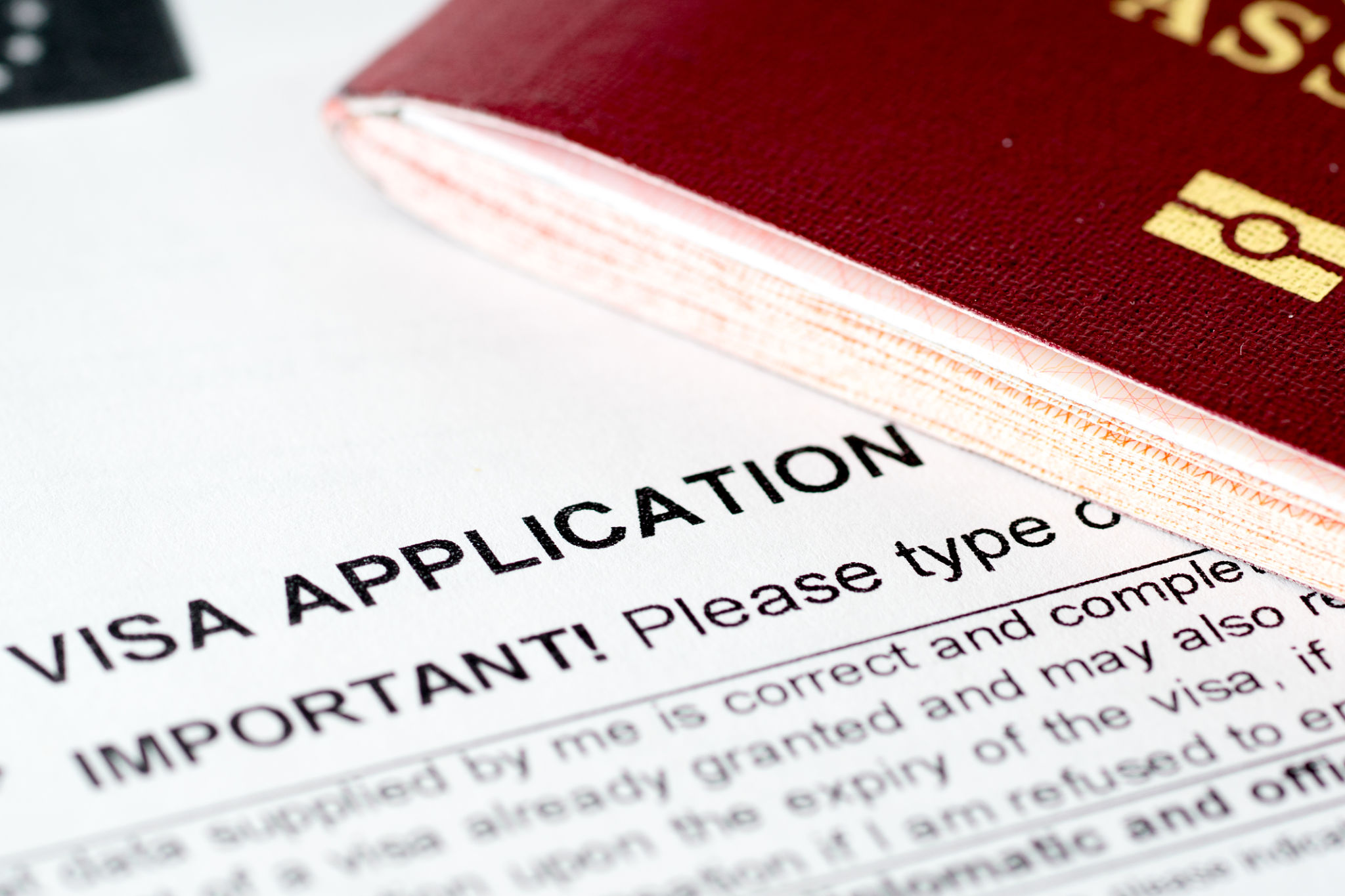Immigration Law Basics: How to Apply for a Visa in the U.S.
Understanding Immigration Law and Visa Types
Immigration law in the United States is a complex and often daunting field for many applicants. Understanding the basics can make the process of applying for a visa smoother and more manageable. The U.S. offers various types of visas, each catering to different needs, ranging from tourism to employment and education. Familiarizing yourself with these categories is the first step in navigating through the immigration process.

Types of Visas Available
The U.S. visas are primarily divided into two categories: non-immigrant visas and immigrant visas. Non-immigrant visas are for temporary stays, such as tourism, business, or study, while immigrant visas are for those seeking permanent residency. Some common types of non-immigrant visas include B-1/B-2 (visitor for business or tourism), F-1 (student), and H-1B (specialty occupation worker). Immigrant visas, on the other hand, include family-sponsored and employment-based visas.
Choosing the right type of visa is crucial since it determines the nature of your stay in the U.S. Each visa category has specific requirements and eligibility criteria that must be met by the applicant. Therefore, it's important to thoroughly research and understand which category best fits your situation before proceeding with the application.

The Visa Application Process
Once you have identified the appropriate visa type, the next step is to begin the application process. This usually involves filling out the necessary forms, submitting required documents, and paying applicable fees. For most non-immigrant visas, you'll need to complete Form DS-160 online, while immigrant visa applicants typically fill out Form DS-260.
After submitting your application, you'll be required to schedule and attend an interview at a U.S. Embassy or Consulate in your home country. During the interview, a consular officer will assess your application and determine your eligibility for the visa. It's crucial to prepare thoroughly for this interview, as it's a key component of the application process.

Supporting Documentation
Providing accurate and complete documentation is essential when applying for a U.S. visa. This may include proof of financial stability, educational qualifications, employment records, and other relevant documents that support your application. The specific documents required can vary depending on the type of visa you are applying for.
Ensure that all documents are current and meet the criteria specified by the U.S. immigration authorities. Organizing your paperwork in advance can help avoid unnecessary delays or complications during the application process.
Common Challenges and Tips
The visa application process can present several challenges, including long wait times, complex paperwork, and potential language barriers. To increase your chances of success, consider seeking assistance from immigration attorneys or consultants who specialize in U.S. visa applications. They can provide valuable guidance and help you navigate any complexities you may encounter.
Additionally, staying informed about any changes in immigration policies or procedures is vital. The U.S. immigration landscape is subject to change, and being aware of the latest developments can help you prepare accordingly.

Conclusion
Applying for a visa in the U.S. requires careful planning and thorough understanding of the immigration laws and processes involved. By selecting the right visa type, submitting accurate documentation, and preparing diligently for your interview, you can enhance your chances of a successful application. Remember that professional assistance is always available if needed, and staying informed about policy changes will serve you well throughout your immigration journey.
